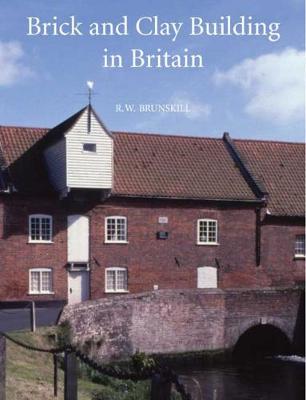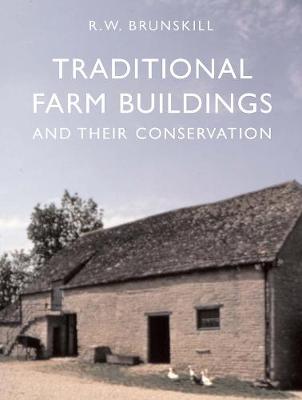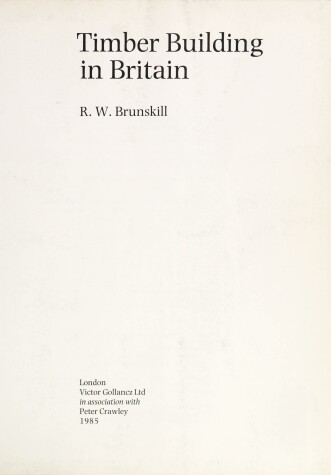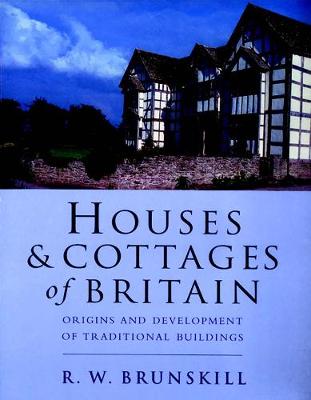Vernacular Buildings (Yale)
6 total works
This new edition includes a fascinating account of how bricks, brick files and terracotta have been made and used from medieval times to the present day, along with an illustrated glossary, a chronological photo survey, appendices, and bibliography.
This informative book combines text with diagrams and specially taken photographs to explain and illustrate the farm buildings still seen today. It records the origins and uses of traditional building types, then explores the conflicting demands of conservation and re-use and the dangers of enthusiastic restorers who may unwittingly destroy the character of that which they desire to preserve.




